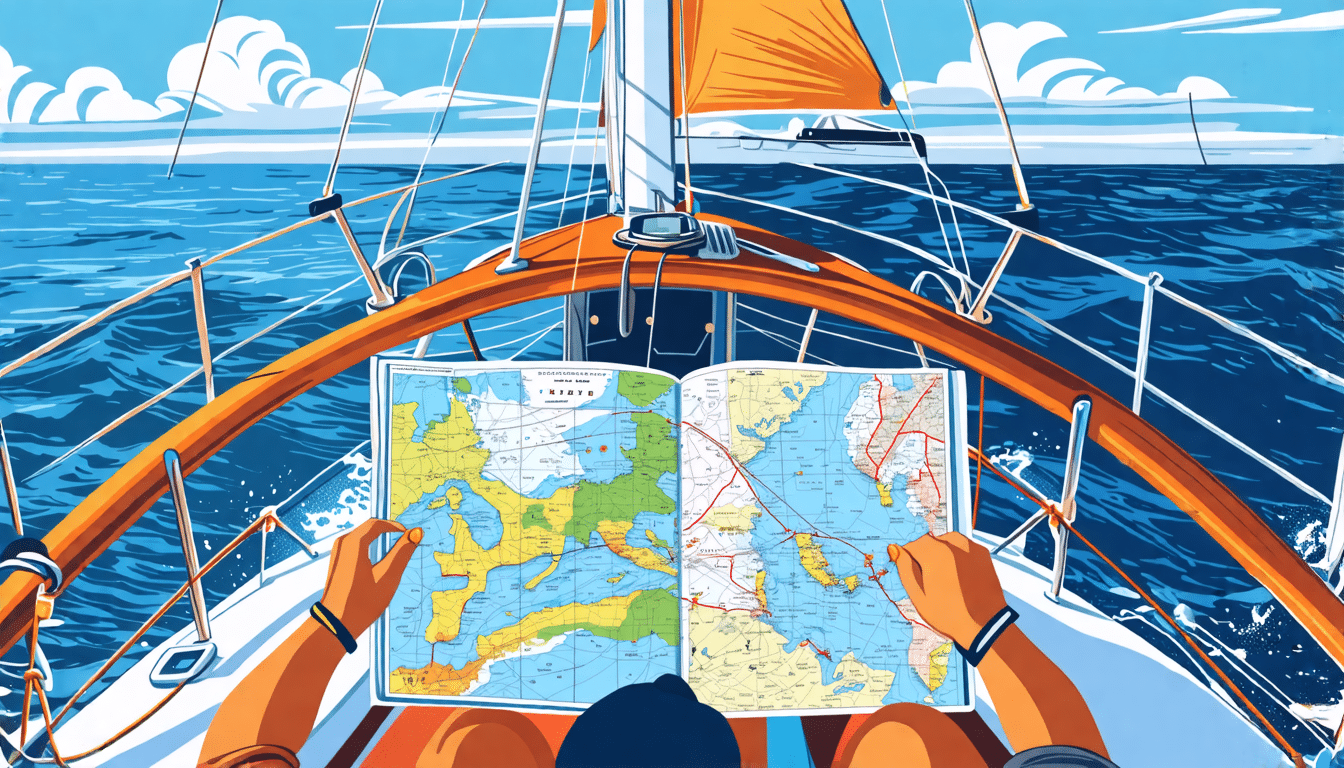Understanding Marine Weather Forecasts: A Boater’s Guide
Whether you are a seasoned mariner or a novice boater, understanding marine weather forecasts is essential for a safe and enjoyable boating experience. Marine weather forecasts provide crucial information about sea conditions, wind speeds, wave heights, and other elements that can impact your time on the water.
The Importance of Marine Weather Forecasts
Marine weather forecasts are indispensable for planning any maritime activity. Being aware of the weather conditions helps prevent accidents and ensures a safe return to shore. Ignoring these forecasts can lead to dangerous situations, especially when unexpected changes in weather occur.
Key Elements of Marine Weather Forecasts
1. Wind Speed and Direction
Wind is a major factor influencing sea conditions. Wind speed and direction can affect your boat’s handling and stability. Strong winds can create high waves and make navigation difficult, particularly for small boats. Pay close attention to wind conditions to plan your route and schedule appropriately.
2. Wave Heights
Wave heights are measured from the trough to the crest of the wave. The height of the waves can significantly influence the comfort and safety of your voyage. Large waves can pose risks of capsizing, especially for smaller vessels. Forecasts usually provide information on average wave heights and the possibility of larger, rogue waves.
3. Tides and Currents
Tides and currents are crucial to understand for safe navigation. Tides can affect the depth of the water and the accessibility of certain areas, while currents can impact your boat’s speed and direction. Consult tide schedules and current charts to plan your journey during favorable conditions.
4. Visibility
Good visibility is essential for safe boating. Fog, heavy rain, or mist can reduce visibility, making navigation challenging. A marine weather forecast will inform you of any anticipated visibility issues, allowing you to prepare accordingly.
5. Atmospheric Pressure
Atmospheric pressure helps predict weather changes. A falling barometer usually signals deteriorating weather conditions, while a rising barometer indicates improving weather. Keeping an eye on pressure changes can help foresee and avoid sudden storms.
Reading Marine Weather Forecasts
Marine weather forecasts can be accessed through various mediums, including websites, marine radios, and smartphone apps. Here’s how to interpret the common components:
- Marine Zone Forecasts: These provide a general overview of the weather conditions expected in a specified marine area.
- Buoy Reports: Buoys equipped with sensors provide real-time data on wind speed, wave heights, and sea temperature.
- Satellite Imagery: Satellites offer visual representations of weather systems, helping you see large-scale patterns and approaching fronts.
Preparing for the Voyage
Once you have a clear understanding of the marine weather forecast, you can prepare for your voyage accordingly:
- Create a Float Plan: Inform someone on land about your trip details, including your route and estimated return time.
- Equip Your Boat: Ensure your boat is equipped with necessary safety gear, including life jackets, flares, and a first-aid kit.
- Check Your Communication Devices: Make sure VHF radios, GPS systems, and smartphones are functional and fully charged.
- Review Your Skills: Brush up on navigation and emergency procedures. Knowing how to respond to unexpected weather changes can make all the difference.
Understanding marine weather forecasts is fundamental to safe and enjoyable boating. By paying attention to wind speed, wave heights, tides, visibility, and atmospheric pressure, you can make informed decisions and ensure a secure maritime experience. Always stay updated with the latest weather reports and prepare accordingly for a safe journey on the waters.





